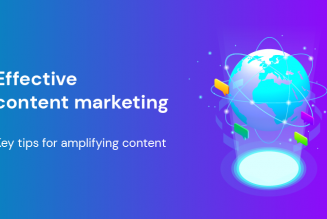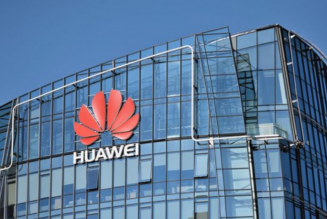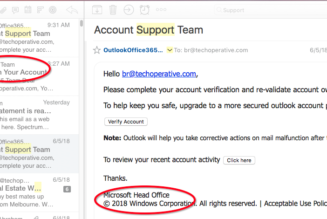Advertising is big business. Ever since the first banner ad way back in 1994, we’ve been consuming this digital content on almost every major platform we use, seeing countless images and videos throughout the average workday. It’s also worth noting that digital advertising spend is on the up constantly, too. The global Mobile Advertising market size is projected to reach $5.13 billion by 2026, growing from $4.16 billion over 2020 – working out at a CAGR of an astonishing 21.6% over the next five years.
The U.S. mobile advertising market alone is expected to grow by a fifth, reaching approximately $70 billion in spending – an overwhelming 75% of all digital advertising spend. It’s the same in Europe – in 2021, £16.21 billion was spent in the UK. In a couple of years, calculations have estimated that the number will rise to £20.74 billion.

Some things don’t change. They’re fixed rules, something you simply can’t ignore. In the digital advertising world, ad verification is one of those things. Arguably one, if not the most important advances in advertising technology. However, ensuring the veracity of advertising has long been something assumed to largely focus on the advertiser-side – avoiding wasting their budget on infiltrated sites and the like. On the publisher side, ad verification is equally a major benefit to the running of the site and significantly helps in remediating the chances of running malicious or fraudulent ads. It’s also a challenge that doesn’t require building a solution or workable safeguard internally. Developing these sorts of software can often be a costly process.
/* custom css */
.tdi_3_c76.td-a-rec-img{ text-align: left; }.tdi_3_c76.td-a-rec-img img{ margin: 0 auto 0 0; }
Finding solutions providers has proven popular for many European or US counterparts looking to combat an ever-present threat like ad fraud. As you’ll see, the whole focus has to be ensuring tight control of what is displayed on a publishers’ site that demonstrates their effectiveness as a place to advertise.
In South Africa, the size of the digital advertising industry is smaller – in 2021, ad spend is expected to hit $862 million. However, that was a number that was reached following 17.4% year-on-year growth – the largest segment of said ad spend being focused on social media platforms, accounting for $345 million of total spend.
The African digital ad spend market is one with huge potential to grow well beyond its current size in the following years as developing economies on the continent are slowly filling with businesses looking for a stronger online, e-commerce, and brand presence. For those looking to take advantage of the situation, the publishers who display these adverts, there are certain best practices – like installing adequate ad verification software – that will serve them well as the market enters a huge period of potential for growth.

That said, ad verification is really a means to an end for the digital publisher. Reputation is a powerful thing, and the most reputable publishers in the US and Europe are judged on their ability to be a place that not only draws in impressions, engagements and generates real qualitative results for advertisers, but also can guarantee that their site is a safe and secure space.
As South Africa looks towards an industry that is likely to continue to grow at a remarkable pace – targeting and employing an ad verification solution tool or platform is a fundamental first step to building the foundation of a good reputation amongst digital advertisers. In the competitive and booming advertising industry climate, it’s better to be safe than to be sorry if you’re looking to attract the marketing teams and their growing budgets to your sites.
Staff writer
/* custom css */
.tdi_4_aab.td-a-rec-img{ text-align: left; }.tdi_4_aab.td-a-rec-img img{ margin: 0 auto 0 0; }











